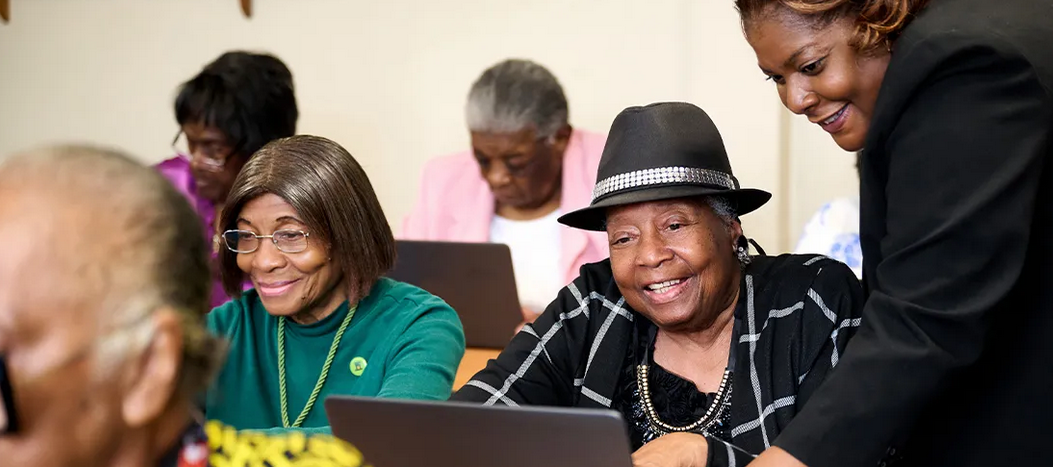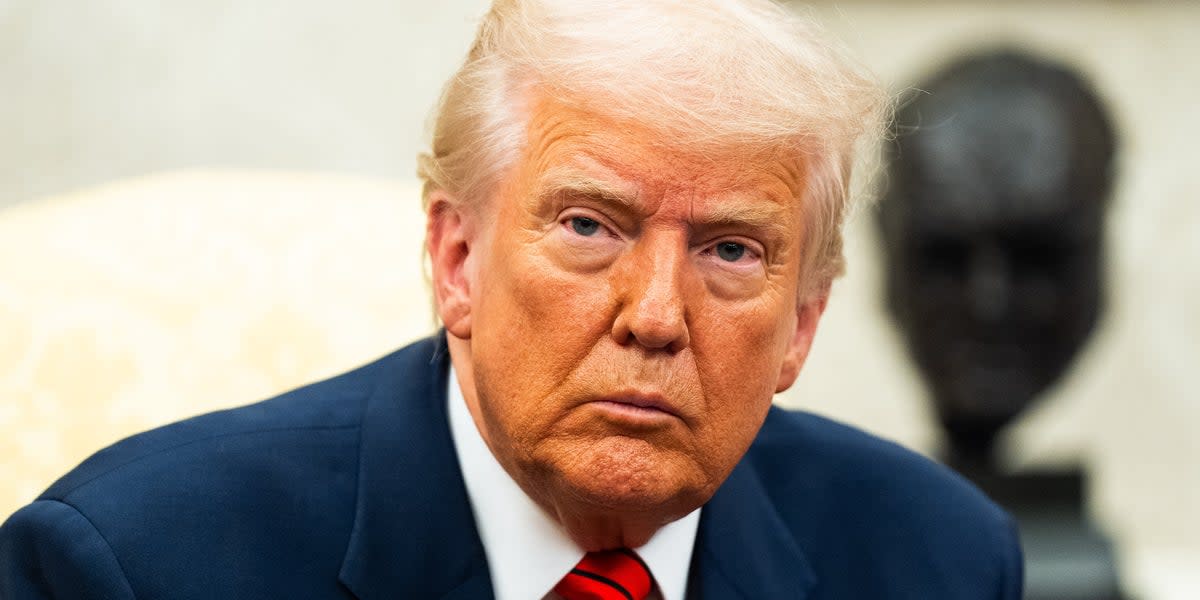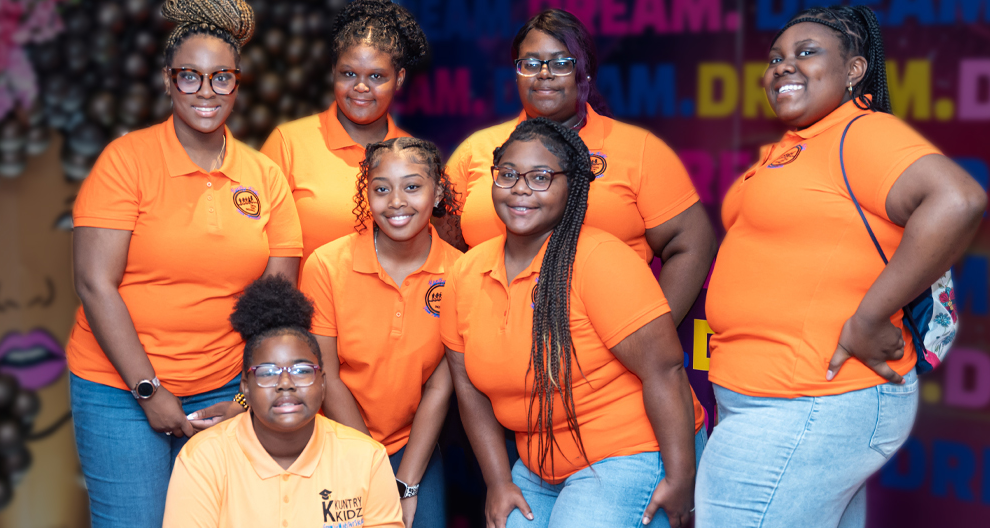Scott Stringer
[Education]
Our City is getting a failing grade when it comes to Arts Education. My office just released a first-of-its-kind report, “State of the Arts,” showing that, after years of crippling cuts in Brooklyn and other communities, 20 percent of our middle and high schools across New York City do not have a single, full-time certified arts teacher. I have a plan to help get us back on track, but we must first know how we got to where we are today.
Arts Education can—and should—play a hugely important role in the lives of our children. A healthy exposure to the arts in school deepens students’ understanding of the world around them, and gives them the creative skills they’ll need to compete in the 21st century marketplace. This is especially important in New York City, the cultural capital of the world.
Unfortunately, our public schools are failing to provide quality arts education to all our students. While state law requires that middle and high school students be taught by a certified arts teacher, more than 400 of our middle and high schools do not provide one. We’ve created an interactive online map so you can check out the state of arts education in your neighborhood school.
The gaps in arts education fall disproportionately on students in lower income neighborhoods. More than 42 percent of schools that lack either full-time or part-time certified arts teachers are located in the South Bronx and Central Brooklyn.
Let’s take a closer look at Brooklyn: Nearly 28 percent of its public schools, 125 out of 453, don’t have a full-time certified arts teacher.
In Central Brooklyn, more than 25 percent lack either a full-time teacher or a partnership with a local Arts & Cultural organization, to enhance students’ learning (compared with 5 percent of schools citywide). More than 14 percent of the neighborhood’s schools have no dedicated art rooms.
You’d think that with a $25 billion budget, our Department of Education could afford to provide arts education and comply with state law. But New York City’s financial support for arts education has been shrinking dramatically–with a 47 percent drop in spending on arts and cultural vendors, and an 84 percent cut in arts supplies and equipment in the last seven years.
These reductions are unacceptable. As the City’s chief fiscal watchdog, I firmly believe that our economic future depends on the strength of our students’ skills and their readiness for the competitive innovation economies of tomorrow. My report makes a series of recommendations designed to boost arts education and arm our students with those skills:
• Create a separate budget line for arts education funding, and make that spending a priority for schools in Brooklyn and elsewhere that haven’t met city and state standards.
• Work with the DOE to ensure that schools serving students in grades 7-12 comply with state laws that require arts education to be taught by certified teachers.
• Broaden DOE’s accountability for Arts Education, by including information in every school’s profile about its arts teachers, partnerships with local arts and cultural organizations, dedicated arts rooms and other features.
• Expand schools’ outreach to potential arts and cultural partners. Today, DOE hosts one “Cultural Fair” every year. Instead, the City should host annual fairs in all five boroughs.
• Adopt a “no-net loss” of space policy, ensuring that schools do not lose arts rooms when district schools are co-located with other district or charter schools.
As a new administration takes the reins at City Hall, we have an opportunity to reprioritize arts education as a critical component of a well-rounded curriculum. In a City bursting with culture, we must leverage our resources to ensure that schools in Brooklyn and elsewhere provide every child with opportunities in visual art, music, theater, and dance.
To read a copy of my report, go to my office’s website at www.comptroller.nyc.gov
Mr. Stringer is Comptroller, City of New York







